Six Stunning Ways Galapagos Island Animal Mothers Nurture Their Young
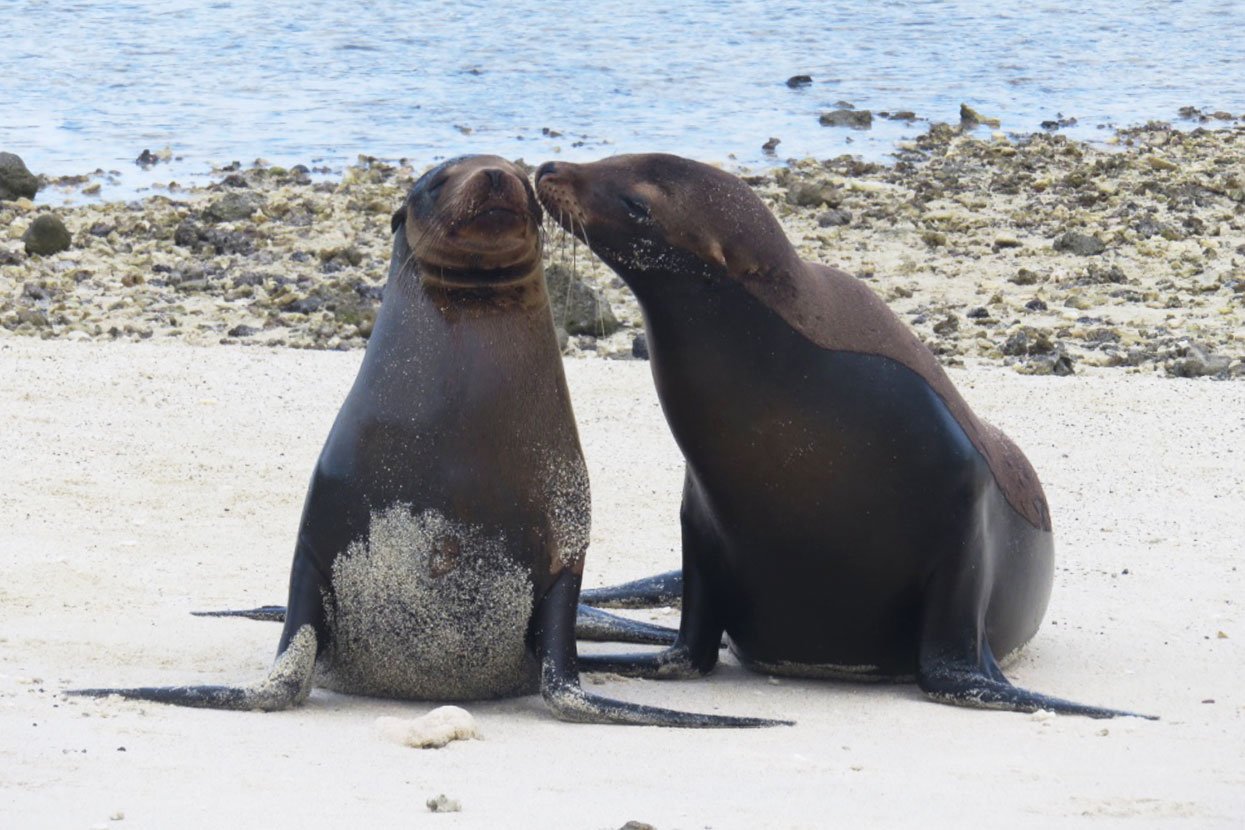
Join us in this blog as we investigate the amazing ways that these BIG15 famous species care for their young, put on our binoculars, and give them our best!
There are several exceptional opportunities to see the laws of nature on the Galapagos Islands directly. This week, we look at a few of the remarkable ways Galapagos animal moms tend to their young.
Ensure that Yacht La Pinta allows you to see the majority of the famous species of the Galapagos!
Get ready for your Galapagos tour!
Galapagos Penguin
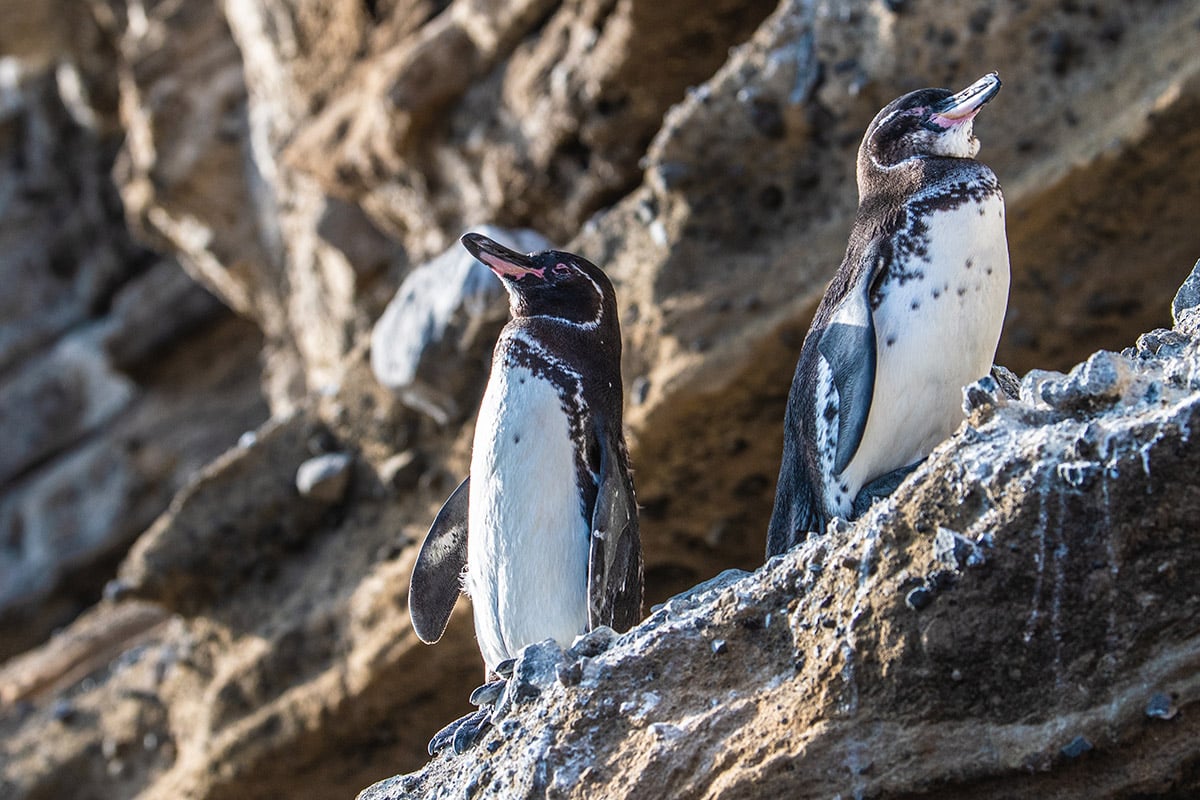
Galapagos Penguin in Galapagos Islands
The lifelong mate-ship of penguins is well-known. They share responsibilities and take turns while they construct the nest and incubate, which is a little-known fact. Father’s Day and Mother’s Day both honor the innate love and concern that parents have for their offspring (in most species), despite the fact that this month is specifically dedicated to honoring women. So why not honor both of this extraordinarily uncommon species’ parents on this wonderful day?
The rocky beaches are where Galapagos penguins construct their nests, generally out of direct sunshine. At the appointed moment, the female deposits one or two eggs, which are then raised by both parents for a maximum of forty days! One parent goes in search of food, while the other two take turns caring for the young once they hatch. Talk about cooperation!
Blue-footed Booby
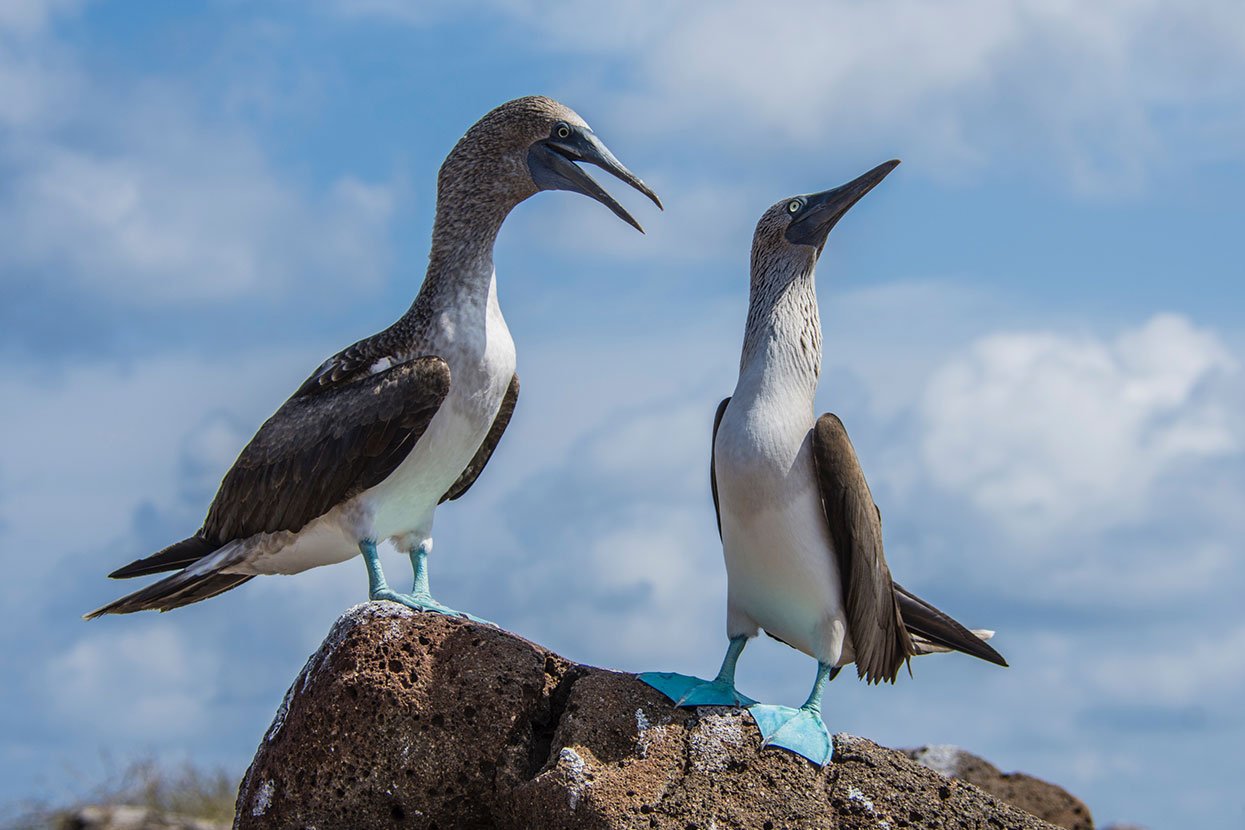
The guano used to build nests by blue-footed boobies
In the animal realm, nests come in all different forms, but not many are identified by bird droppings (as strange as that may sound at first). However, the Galapagos blue-footed booby is one species whose nests are distinguished by this phenomenon! This particular type of bird must find a means to designate its territory so that it can still identify its offspring, while other birds typically make their nests on top of trees and branches. The reason behind the blue-footed booby’s preference for flat surfaces to lay its eggs might be the absence of towering trees on the archipelago’s shoreline. Now here’s the intriguing bit! The poor sense of smell in blue-footed boobies causes them to rely only on their visual sense. After locating an appropriate location to “build” (more accurately, sketch) its nest, the mature blue-footed booby spends the whole day standing there, rotating on its own axis and urinating while it does so. The region of the nest is delineated by the nearly flawless circle made by the white guano. Eventually, the eggs will hatch inside the “guano ring“, allowing the parents to recognize their own “nest” and hatchlings each time they return after a feeding expedition.
Fur Seal
Galapagos fur seals are considered to be late bloomers, making them slightly more difficult to notice than their less hairy siblings. Mature Galapagos fur seal females begin giving birth to adorably fluffy pups near the end of September. Fur seal pups are born during a period when there is more food available for their moms, when the weather is still chilly and the waters are more nutrient-rich. These Galapagos animal moms have been observed nursing their young for one to two years, and occasionally even longer, in contrast to other members of their species who do so for weeks or months! Of all the pinnipeds, their nursing time is the longest! Be sure to travel to the islands of Fernandina, Santiago or Isabela if you wish to witness these resilient moms and their puppies. They’re lounging in the shade among the rocky coasts!
Sea Lion
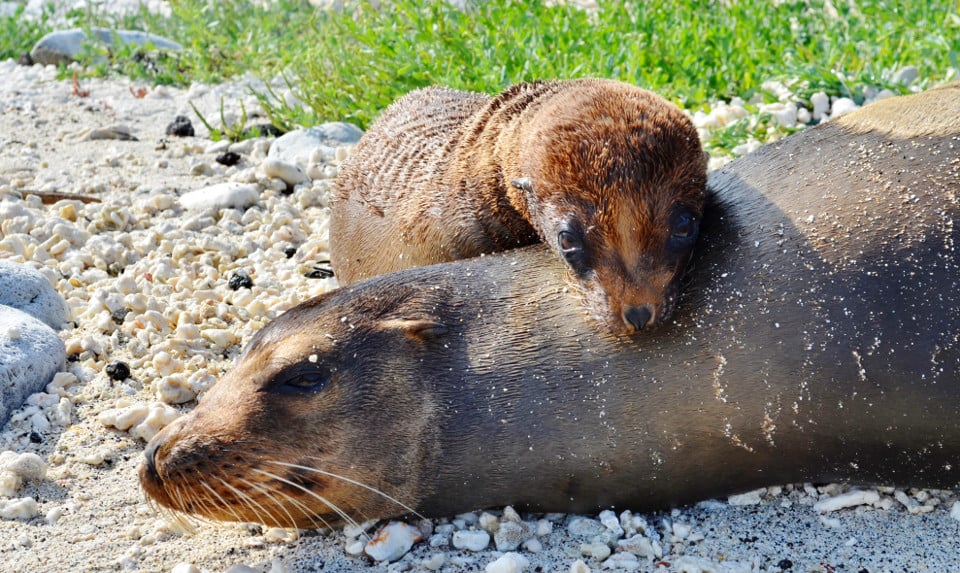
A young sea lion cuddling close to its mother
Sea lion moms will venture out into the ocean to nurse their newborn pups shortly after they have given birth, as opposed to spending that time on the shore. Why the abrupt change and disregard? They must find nourishment, after all, in order to keep their bodies and their babies alive! Mother sea lions will often leave their young on the beach, and when they return, the pups will respond to their distinctive bark. Frequently, their infants will react fast to their mother’s voice, but the mother will check again and sniff the baby to make sure it’s truly hers and hasn’t been handled by any other creatures (like humans).
Mother sea lions have developed an intriguing and almost communal method of raising their young: sea lion pup nurseries! This is because they regularly switch between being a pup and being in the water! Yes, when they go fishing, sea lion moms frequently decide to leave their young in tidal lagoons where there are no predators! As a result, while their moms are off hunting, puppies are free to play with other puppies!
Indeed, considering that these animal moms in the Galapagos typically let their pups to fend for themselves, one could argue that this is a fairly lax kind of childrearing. But it makes total sense in a site like the Galapagos, where numerous species live in paradise without having to worry about top predators!
You could even be fortunate enough to see a mother sea lion giving birth or protecting her young from aerial predators!
Frigatebird (Great & Magnificent)
The longest mother frigatebird will leave her young to fend for herself is up to a staggering 1.5 years. Their extended durations of post-fledging put them in contention for having the longest of any bird. Why did I have to wait so long? It takes a baby this long to develop adult plumage and eventually go out into the wild on their own! Galapagos frigatebirds will raise their young collaboratively, much like waved albatrosses do. Throughout this entire period, both the mother and the father are involved in the upbringing of the young.
Waved Albatross
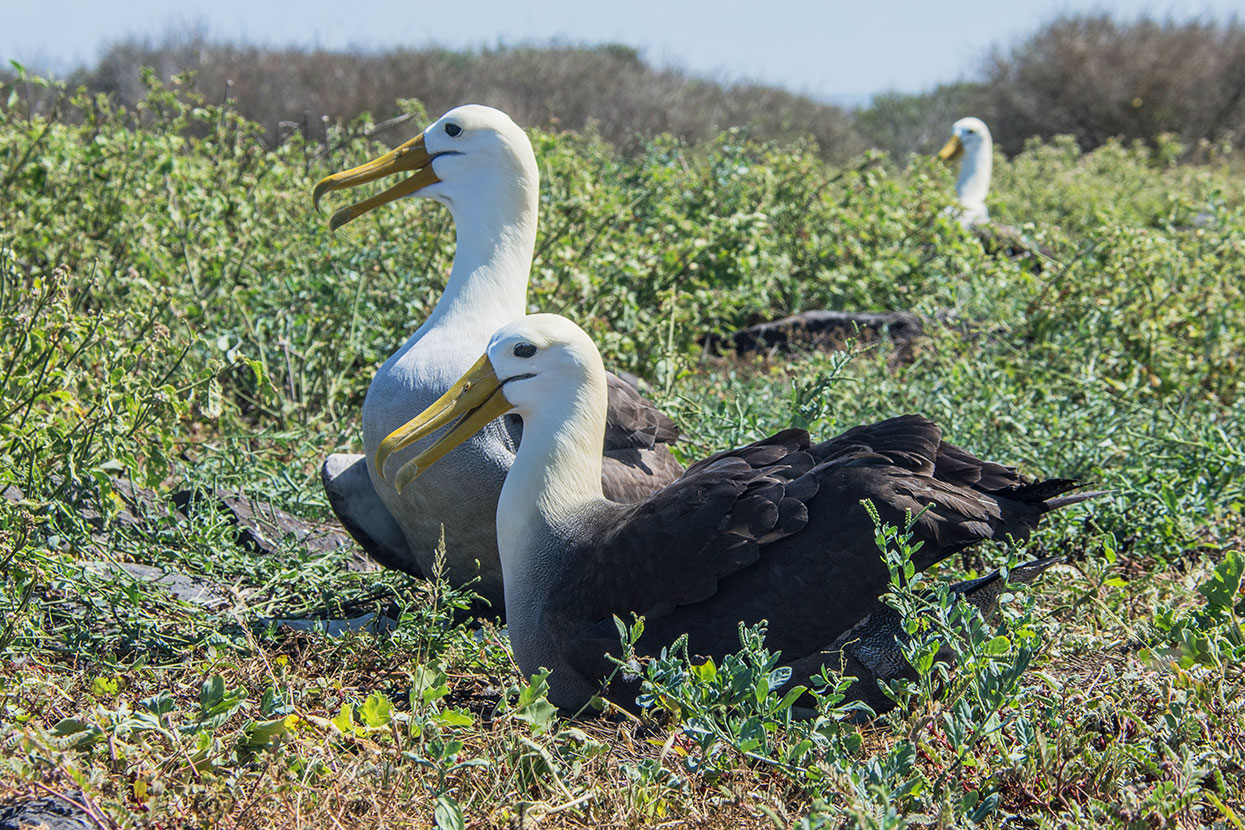
Feathers of albatrosses will be darker in young birds
Coincidentally, a lot of waved albatrosses, which are among the biggest birds in the Galapagos, are giving birth right now! Yes, it is correct! They are really busy expanding their beaks and engaging in courting behavior at this time of year! Furthermore, what’s more? Fathers of albatrosses also assist their moms in raising their young, adding to the graceful and enormous size of these magnificent birds. As a kind of “tag-team,” the two parents will work together to keep the baby warm and safe while one goes in search of food.
Galapagos Animal Mothers Wishing You a Happy Mother’s Day!
That’s all, guys! You now have a basic understanding of some remarkable methods used by Galapagos animal moms to care for their young. We at Yacht La Pinta would like to wish a happy Mother’s Day to all the wonderful mothers out there!
RELATED STORIES
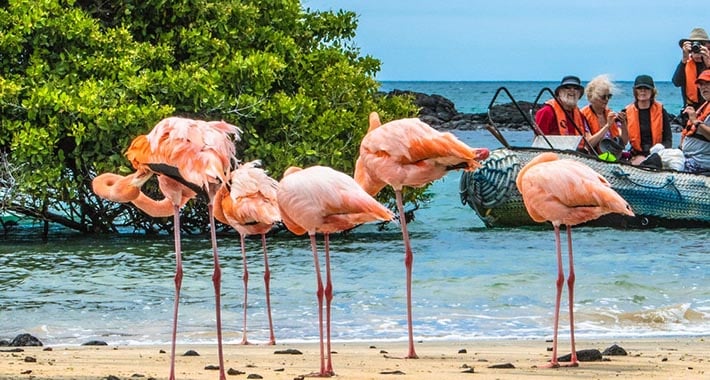
What are the best birds to see in the Galapagos?
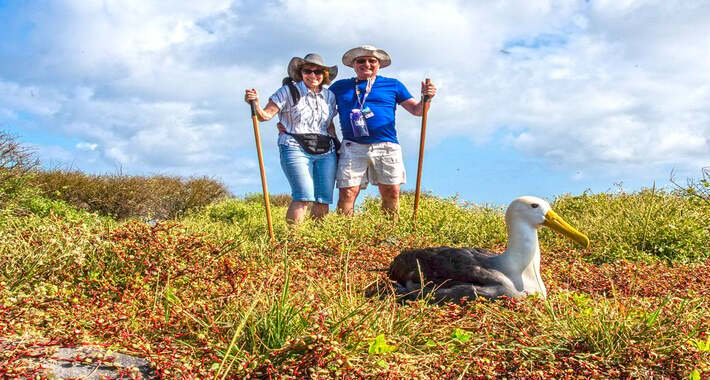
Do any species migrate from the Galapagos Islands?

Guy Fawkes on the Galapagos Islands: Never forget the November “Finch”…
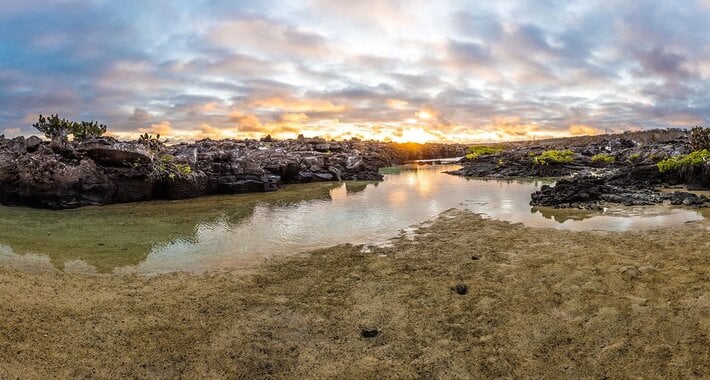
A Unique 6-Day Insular Inspiration Session with Charles Darwin on Santiago Island!
